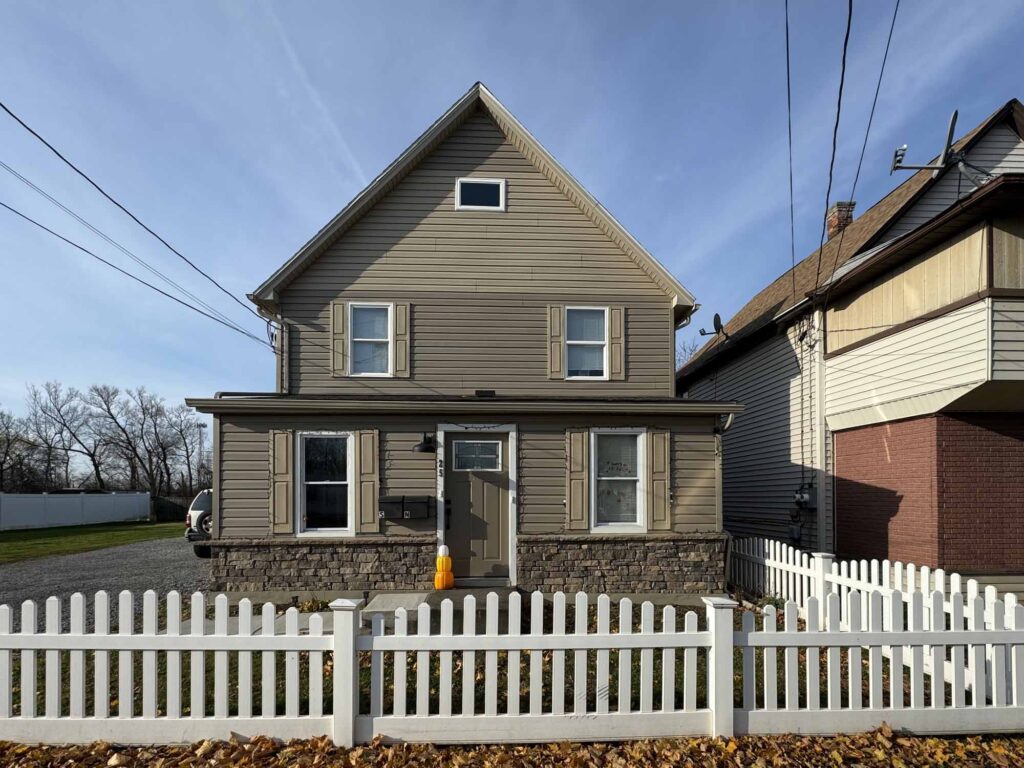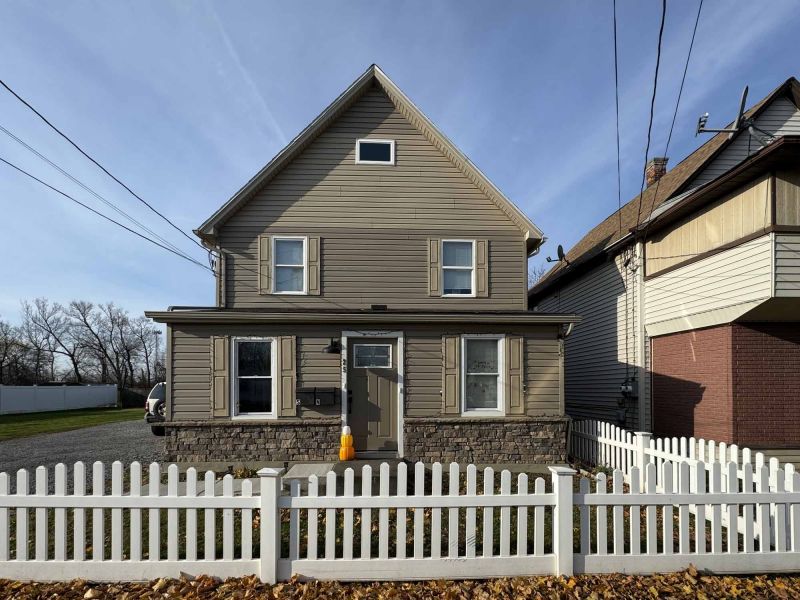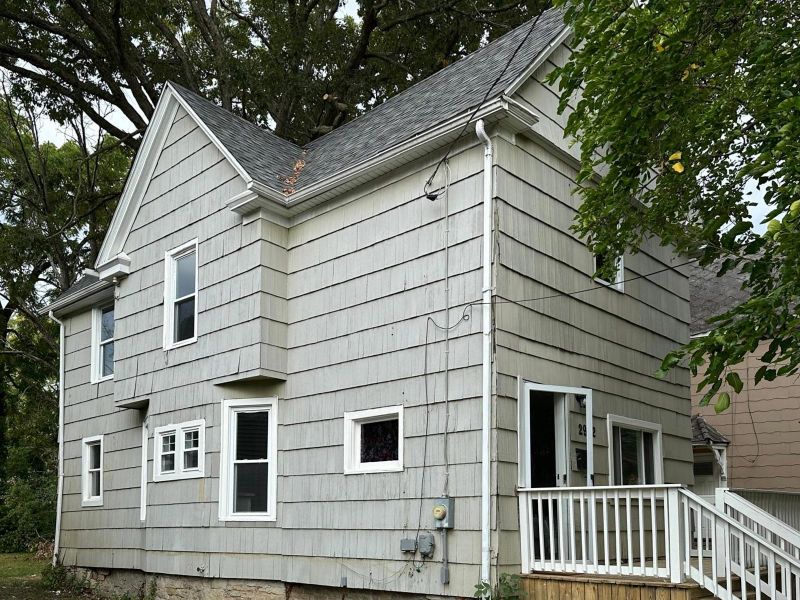
How Accurate is Zillow’s New Accolade? The Genuine Value Play in Buffalo Real Estate
Buffalo again received the title of being the ‘hottest housing market for 2025’ in USA after being the ‘hottest housing market for 2024’ the year before.
The criteria given were as follows –
- Forecast annual home value appreciation in Nov. 2025
- Forecast acceleration in home value appreciation, Nov. 2024 – Nov. 2025
- Listing days per home, Jan. 2024 – Nov. 2024
- Two-year change in total non-farm employment per two-year residential building permit total
- Projected change in owner-occupied households, 2024 – 2025
A quick look and most of these don’t make sense.
The same article confusingly mentions –‘Buffalo experienced strong appreciation at 5.8% in 2024, but is expected to drop to 2.8% in 2025,’ which doesn’t quite chime with the first two criteria – is 2.8% expected rise really the best market in USA?
In addition, the change in total non-farm employment isn’t a real snapshot in any city since the payrolls were temporarily decimated in covid, so rather than new jobs being created they’re just the existing jobs coming back after covid. There are still less people in a job in Buffalo than there were in 2019.
The article also cites construction activity compared to number of households, meaning correctly that low construction activity means there will be higher demand for limited supply. What it fails to identify is that a 3 bedroom, 1500 sqft home in Buffalo costs typically $100-200,000 while to build the same home will be $250,000+ i.e. there is no reason for the market to supply new homes in the Buffalo market (outside the luxury end, and subsidised house building)
In Summary -Zillow put Buffalo at the top of a nationwide list of the hottest markets is based on an analysis of forecasted home value growth (only 2.8%) recent housing market velocity (maybe the only fair point) and projected changes in the labor market (not accurate) home construction activity (non existant outside subsidised and upper end) and number of homeowner households (which has hovered around 42-43% for over a decade in the city) sitting a good 10% below NY as a whole.
The criteria doesn’t seem to have any connection with the cities health and housing market.
However, despite the statistical gymnastics needed to put Buffalo at the top of this list – having lived and invested here for over 15 years I do still see good value in the city.
- The low house prices mean they’ll always been pulled towards build cost. Until then, you’ll be buying at a discount to the bricks and mortar value.
- People are buying ‘new’ houses, it’s just that until the above comes true, builders and developers keep themselves busy remodelling and upgrading the older housing stock (while keeping the attractive features)
- Local developers upgrade the housing stock, and either sell it to owner occupiers or rent it for a much higher rent than previously (due to the improved condition/value). This leaves an increasing demand for budget accommodation with an ever dwindling supply.
- Many years ago, this slack was taken up by people picking up the vacant houses that blighted the city, but now these are no longer there.
What’s the result of these local dynamics? Demand for good quality budget accommodation is building as supply gets chipped away. While there’s a ceiling to affordability here, it’s still one of the cheapest Cities in the USA to live.
That means until new affordable supply arrives, rents and values are going to continue to rise.
House of The Week

Sheldon House is a three-bedroom, three-bathroom home in Depew, New York. Originally built in 1836, this historic property has been thoughtfully refurbished to blend classic character with modern comforts. Now on the market for $215,000, it offers a strong investment opportunity with a rental income of £2,700 per month, delivering an impressive 12.5% ROI.
Get in Touch
-
 Alan Findlay
Alan Findlay

